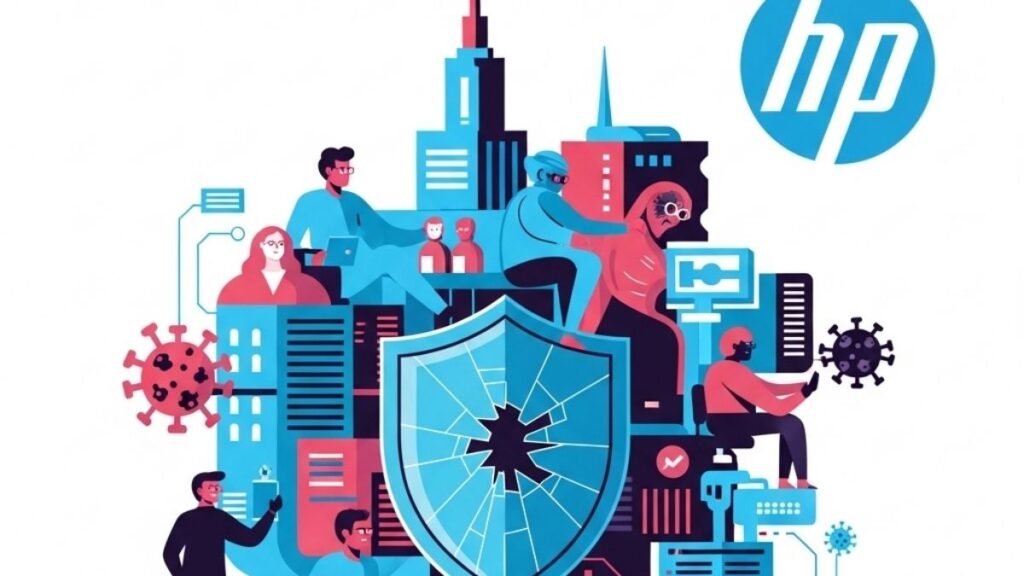The cloud is a powerful tool for businesses to use. However, it does come with its own share of security concerns. Fully protecting your data is impossible, anyone with enough skill and time will eventually find a weakness in even the best security systems, but that doesn’t mean that you shouldn’t be protecting your precious data as best you can. By learning how to properly use managed IT security practices mitigate external attacks, you’ll be confident in using the cloud and enabling you to continue to push forward.
The Risk Posed by Ransomware
Ransomware is a big concern for all businesses, but especially for small and medium-sized organizations. These smaller organizations have, in the past, assumed they were too small to be vulnerable and, as a result, have slacked in terms of IT security spending. This is in fact, what many hackers are hoping for. They now specifically target these smaller organizations because of how easy they are to breach. Now more than ever, it is critical to have robust security. Ransomware, if successful in its attack, can do huge damage to an organization. It can completely cripple your momentum, shake your customer’s faith in you, lead to hugely negative PR, negatively impact employee morale, and lead to significant direct costs if not handled properly.
Productivity Losses
If your organization is a victim of a ransomware attack, it takes a lot of time to resolve. Not only do you need to take the time to solve the issue, but you also need to identify the security breach and ensure you’re no longer vulnerable. In addition to the time it takes to resolve, depending on the nature of the ransomware attack, it could mean that no one could do anything until it is fixed. This means that every instance of a breach leads to huge productivity losses.
Negative Publicity
Another huge implication of a successful attack via ransomware is the PR nightmare it can create. Many organizations lose a significant amount of consumer goodwill due to breaches of security as well as service outages. These issues have, in the past, become huge headlines that are points of discussion for a long time. For some consumers, these are enough to permanently sour the brand.
Reduced Employee Morale
While often overlooked, the morale of your employees after facing an attack is, in extreme cases, shaken even long after the issue is resolved. They may feel frustrated, angry, or even scared about future attacks. As a result, their productivity and growth is hampered in the long run.
Direct Costs
One of the most significant impacts of a ransomware attack is the direct costs it creates. Ransomware is created in order to hold your information hostage in exchange for money. As a result, in order to successfully remove the encryption from your files, you must pay their fee. This fee, while oftentimes substantial, pales in comparison to the IT security costs incurred battling the problem.
How to Prepare for an Attack
The most effective way to stop an attack is to follow a few basic procedures. While no amount of security will ever make any organization impenetrable, by implementing these procedures your business will be in a much better position to repel attackers. These procedures will make your organization significantly less attractive to potential hackers and thus very few will attempt to breach your security.
Data Recovery
The first step your organization should take to protect themselves is to create a disaster recovery plan. While data security is a small part of an overall recovery plan, by creating a data recovery plan you can mitigate many of the problems ransomware can create. For instance, if you have a thorough emergency recovery plan, you may have infrastructure and systems to allow your business to continue to function.
One of the best ways you can protect the data stored in the cloud is to create a backup. By doing so, if you are ever breached, you can identify the vulnerability, fix it, and then restore the files to their previous state. It is critical that very few people have access to the backup, in order to assure its integrity.
Securing Access
Due to the nature of the cloud, much of the security concern you face is not in directly securing the data, but in securing access instead. One of the most common methods of vulnerabilities being exploited is through employees with access clicking a bad link or downloading a file they shouldn’t. As a result, minimizing the amount of people who have direct access will greatly reduce a number of vulnerabilities you have.
Education
If an organization doesn’t educate their workforce on the dangers of online usage, they will never be truly secured. Employees need to understand the dangers of clicking links in emails or downloading from external sites. While a number of external sites available should be managed by IT security, a lack of overall security knowledge can easily endanger your business.
One newer source of vulnerabilities is in the employee’s smartphones. Because of the growth of BYOD, it is impossible to control security as much as in firms without such a plan. As a result, these devices are often specifically targeted to find vulnerabilities. Many of these employees spend a lot of time on their personal devices outside of working hours browsing video, on social media, etc. All of these are vulnerable areas. In addition, even with education, many mobile phone users don’t adequately recognize the risks that smartphones have.
The cloud is a powerful tool that allows your organization to not only provide better products and services but also communicate better internally. Despite the information security concerns present, the value enabled by the cloud will allow you to be more competitive and should not be overlooked. By following these procedures, you can greatly minimize the risks of utilizing the cloud.



